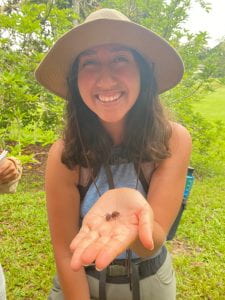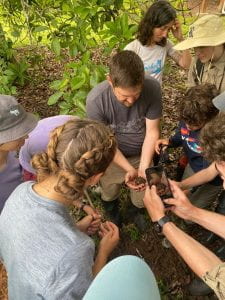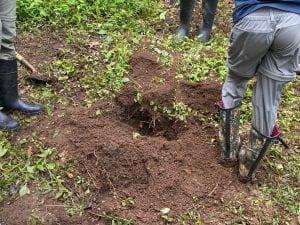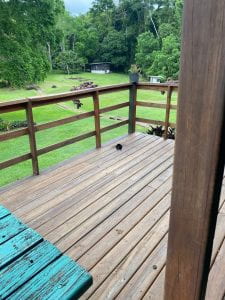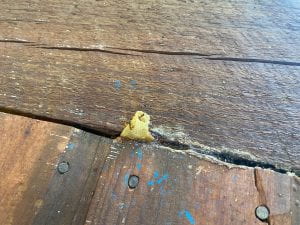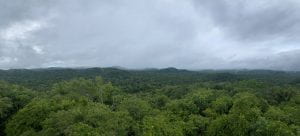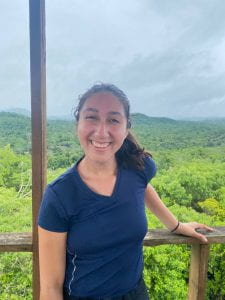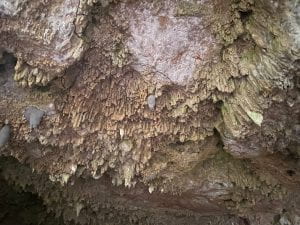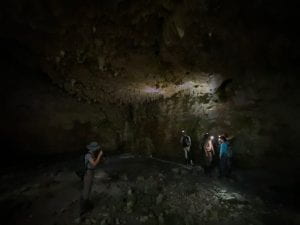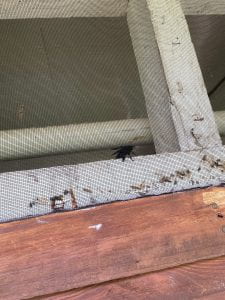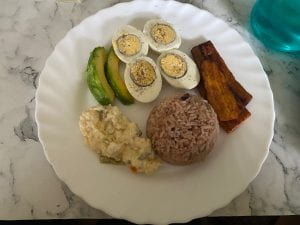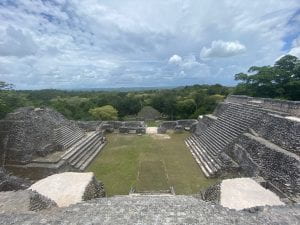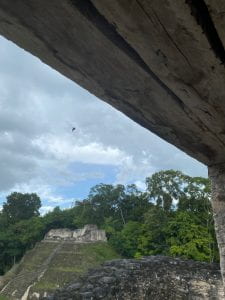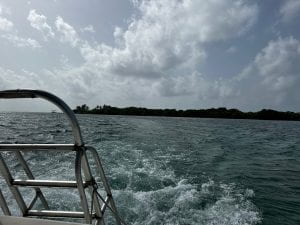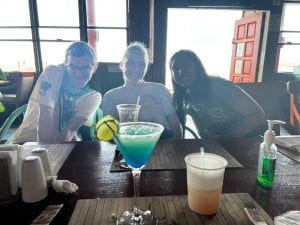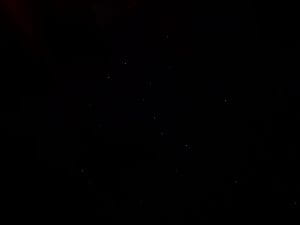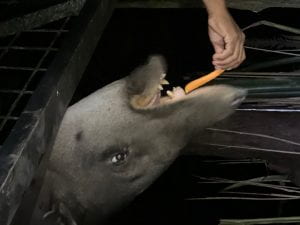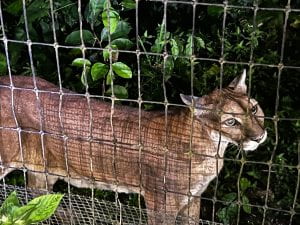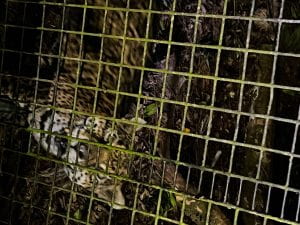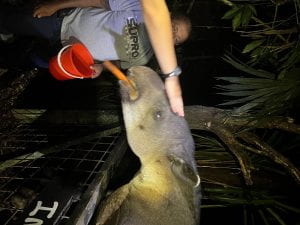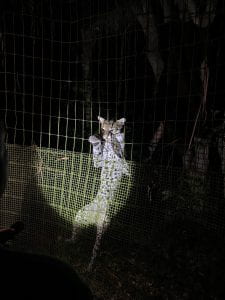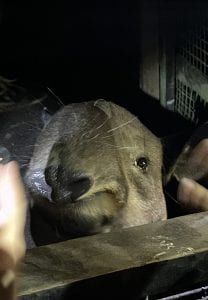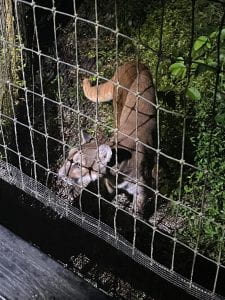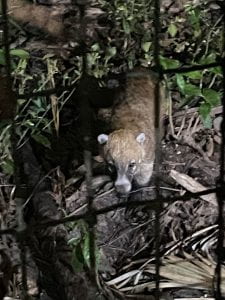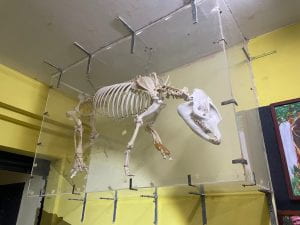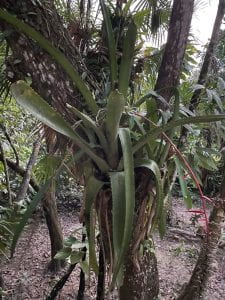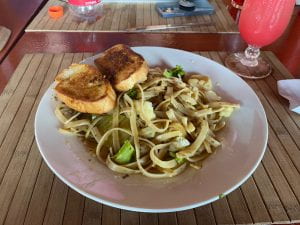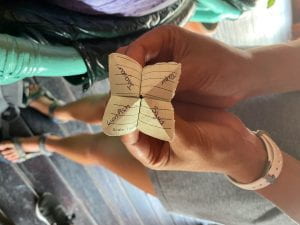Hello everyone!
Today, during the first half of the day, we went out for a second experiment at the rainforest. We were first told that for this experiment we would use pee. Hearing this I began to mentally prepare myself to literally pee in the rainforest, thankfully our instructors had other plans in mind. Their plan was much more simple, it involved us taking a small flask and peeing into it in the restroom, then planting it in the floor of the rainforest, and placing another flask of pee on the trunk of the tree. By doing this we would be able to estimate the biomass of arthropods in the Chiquibul (at least in the trees we sample!) The use of pee would help us see in what region, whether trees or the ground, arthropods sought out nutrient rich material. This time around our trekking was made really interesting by several sightings! We saw two snakes, a jumping pit viper and an eyelash viper. After placing our containers, we went back to LCRS to get lunch, which was delicious!
After lunch we all headed out again, yet this time our aim was very different, we were all seeking leaf-cutter ant hills! We eventually found one that was about a year old. Using a small shovel we reached the inner chamber of the nest where the fungi is harvested. We even found the queen!
Then we went to inspect a much larger ant hill, yet no ants came out, instead we found a Mexican burrowing toad!
We released the toad and continued our search for a hill!
At the first ant hill I saw one of my taxa, a western honey bee. It became attracted to my backpack and begun hovering around it. I’m not completely sure what attracted it, but I have a theory that it was the Gatorade in one of my bottles. I didn’t get a good photo of the honey bee, yet throughout the day I saw a few others that I was able to photograph! For example, here is a bumblebee that I saw!
And here is a photo of a type of stingless bee not found on my taxon sheet!


